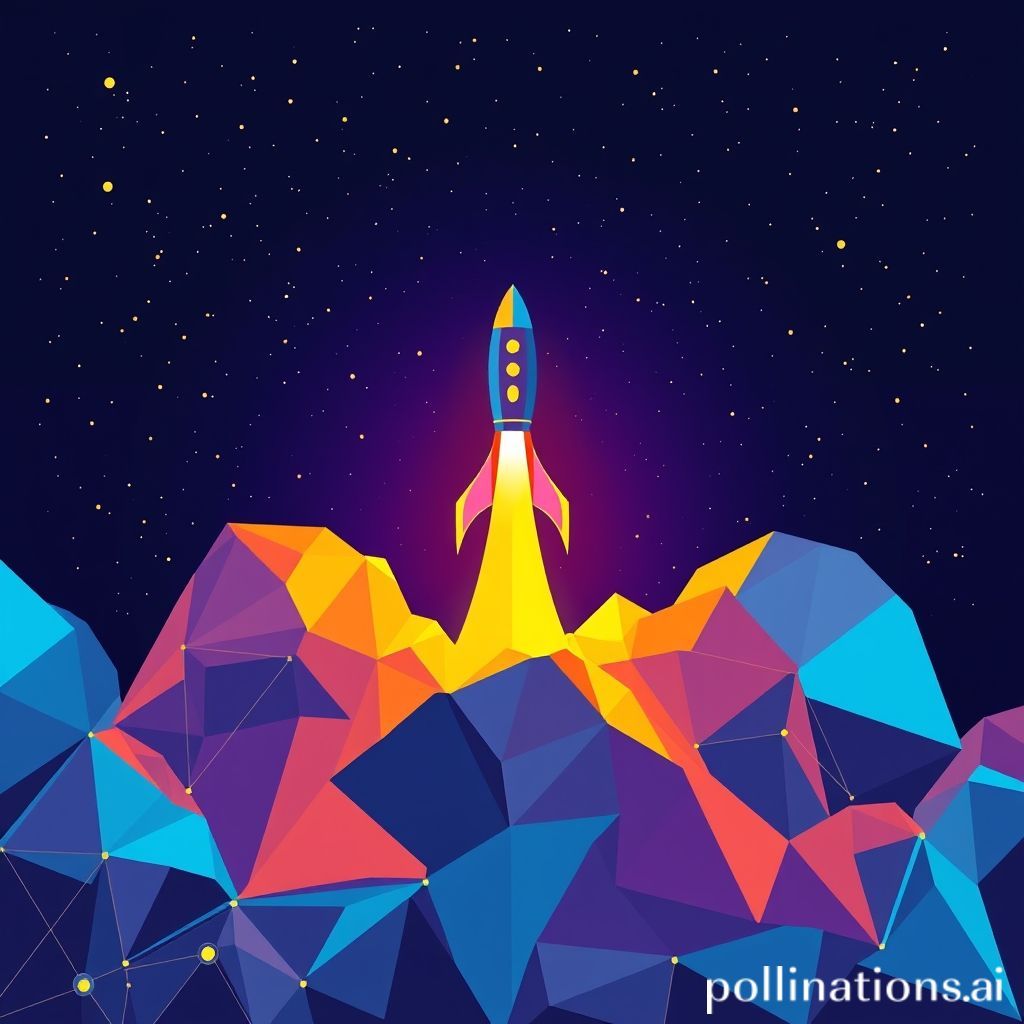Okay, so I stumbled across something kinda funny (and a little concerning) the other day. It seems Elon Musk, the guy who’s trying to get us to Mars, might not be entirely clued-in on how AI image generation actually works. I’m not saying he’s wrong and I may even be wrong on what I’m about to share, but the conversation that is happening now is important to understand.
The article I read over at Creative Bloq titled “It Seems Elon Musk Doesn’t Understand AI Image Generation,” highlighted Musk’s skepticism that Grok, his own AI, could produce certain images. He even went so far as to say, “There’s no way Grok could generate these images.”
Now, before we jump on Elon (easy target, right?), let’s acknowledge that AI is complex. And misinformation spreads fast. But this little incident points to a broader issue: a lot of people, even those at the forefront of tech, might not fully grasp the capabilities (and limitations) of AI image generators.
Think of it like this: remember when everyone thought Photoshop was just for airbrushing models? It took time for people to understand its true power (and ethical implications). We’re in a similar learning curve with AI art.
So, what’s actually going on here? Well, AI image generators like Midjourney, DALL-E 3, and even open-source options like Stable Diffusion, are trained on massive datasets of images and text. They learn the relationships between words and visuals, allowing them to create new images from text prompts. They are constantly being improved using a number of methods that I don’t want to bore you with.
The key here is the dataset. The bigger and more diverse the dataset, the better the AI can understand and generate complex, nuanced images. This is why these models can create images in almost any style, from photorealistic to abstract, simply by understanding the prompt.
According to a study by Stanford HAI, AI models are rapidly increasing in sophistication. Their research shows that AI performance has increased exponentially, particularly in areas like image recognition and natural language processing. This means that the capabilities of AI image generators are constantly expanding.
A report by Emergen Research estimates the global AI image generation market will reach $97.43 billion in 2030. This indicates not only a growing interest in AI-generated visuals but also highlights the continuous development and improvement in AI technology. This level of growth relies on an ever-expanding understanding of the tools.
And that’s where the “Elon Moment” comes in. It reminds us that even those at the top can have blind spots. It’s a good reminder for everyone else to keep learning and stay curious.
Here are 5 quick takeaways on AI image generation:
- They’re dataset-dependent: The quality and diversity of the training data directly impact the output.
- Prompt engineering matters: Getting good results requires crafting precise and detailed prompts. It really is an art.
- They’re not magic: They’re sophisticated tools, but they still operate within the boundaries of their training.
- Ethical considerations are crucial: Issues like copyright, bias, and misinformation need careful consideration.
- The field is constantly evolving: New models, techniques, and applications are emerging all the time.
Ultimately, Musk’s comment, whether right or wrong, sparks a much-needed conversation about how we understand and perceive AI technology. And that’s a good thing for everyone.
Frequently Asked Questions About AI Image Generation
1. What exactly is AI image generation?
AI image generation refers to the process of using artificial intelligence algorithms, typically deep learning models, to create new images from textual descriptions or other input data.
2. How do AI image generators work?
AI image generators are trained on vast datasets of images and their corresponding descriptions. They learn the relationships between words and visual elements, enabling them to generate new images based on text prompts.
3. What are some popular AI image generation tools?
Some of the most popular AI image generation tools include Midjourney, DALL-E 3, Stable Diffusion, and Grok (though its capabilities are currently debated).
4. Can AI image generators create photorealistic images?
Yes, many AI image generators can produce highly realistic images. The quality depends on the model’s training data and the complexity of the prompt.
5. Are AI-generated images copyrighted?
The copyright status of AI-generated images is a complex and evolving legal issue. Currently, in many jurisdictions, if a human provides significant input and creative control, they may be able to claim copyright. However, if the AI is the primary creator, copyright may not be applicable.
6. What are the ethical concerns surrounding AI image generation?
Ethical concerns include the potential for misuse, such as creating deepfakes or spreading misinformation, copyright infringement, bias in training data, and the impact on artists and creative professionals.
7. Do I need coding skills to use AI image generators?
No, most AI image generators have user-friendly interfaces that do not require coding skills. You can simply enter a text prompt and the AI will generate an image.
8. How detailed do my prompts need to be for AI image generation?
The more detailed and specific your prompts, the better the AI can understand your vision and generate the desired image. Experiment with different descriptions to refine your results.
9. Can AI image generators replicate a specific artistic style?
Yes, AI image generators can be instructed to create images in the style of famous artists or specific art movements by including relevant keywords in the prompt.
10. How is AI image generation being used in industries today?
AI image generation is being used in various industries, including advertising, marketing, entertainment, fashion, and design, to create visuals, prototypes, and enhance creative processes.

